The capital and largest city in Wales, a country that is part of the United Kingdom, is located in the utmost southeastern corner of the country.
The region where the city was established has been inhabited for millennia by Celtic Tribes and the Romans following their conquest of Britain.
The remains of the old Roman fort were transformed into a medieval castle and the town gradually grew around it.
Nothing spectacular at the time as Cardiff had a population of between 1,500 and 2,000 inhabitants throughout the Middle Ages.
It wasn’t really until the 19th century and the construction of the Cardiff Docks that the city started to boom. The Roath Dock in 1887 in the Alexandra Dock in 1907 marked the final important phase of these structures.
Cardiff was awarded city status in 1905 by King Edward VII ad it became the capital of Wales in 1955. Most of the current architectural landscape dates back to the 19th and 20th centuries.
In this article, we’ll take a closer look at some of the most famous buildings in Cardiff.
1. Cardiff Castle
Cardiff Castle is the medieval castle that forms the historical heart of the city. In very few places in the world, you can take this quite literally because the medieval village was built around this fortification. It’s one of the most famous castles in Europe because of this.
The building was constructed by the Normans following the Norman conquest of Britain in the 11th century and was a motte and bailey castle initially. It was built right on top of the remains of the ancient Roman fort that was established in the 3rd century. Many Gothic Revival elements were added to the castle in the 19th century.

2. Senedd Building

The Senedd Building is located in the Cardiff Bay area and is the main building where the government of Wales gathers. It’s one of the most stunning examples of sustainable architecture in the world and was constructed between 2001 and 2006 at a cost of £69.6 million.
The building was designed by Richard Rogers (1933-2021), one of the most renowned British architects in history. The Senedd Building has a floor space of 5,308 square meters (57,000 square feet), cost 4 times the initial budget, and took 4 years and 10 months more to construct than intended.
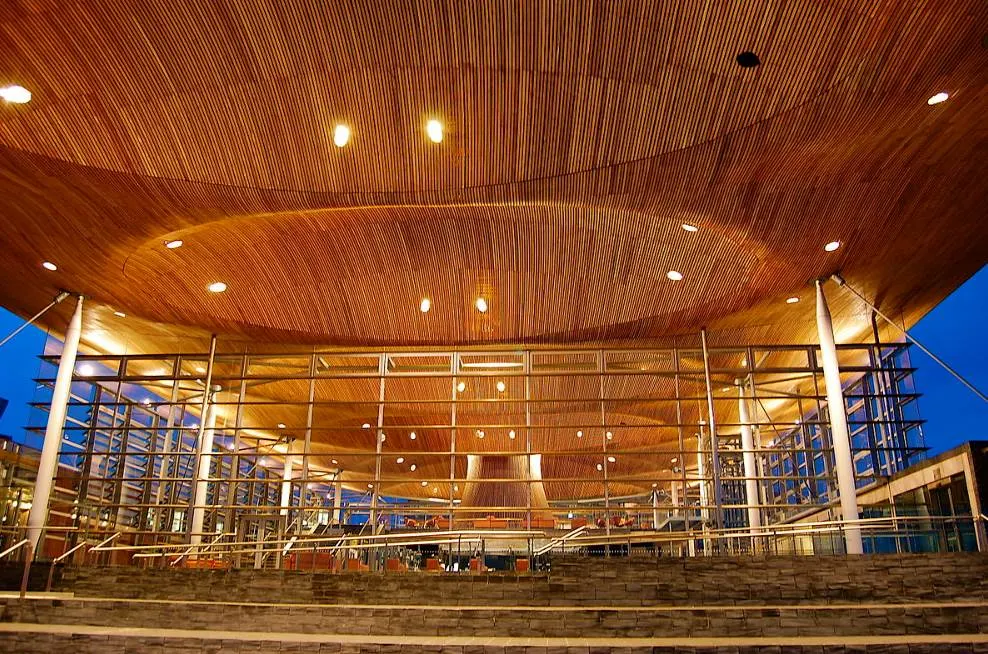
3. Cardiff City Hall
Cardiff City Hall is one of the most prominent buildings at Cathays Park, an area in the city also known as the Cardiff Civic Centre. This area in the heart of the city features numerous civic buildings that were constructed in the early 20th century, including the magnificent City Hall which was completed in 1906.
The clock tower of the building stands 59 meters (194 feet) tall and adjoins the domed building that was constructed in the Edwardian Baroque architectural style. The building replaced the old town hall which dated back to 1853 and became outdated when Cardiff earned city status in 1905.
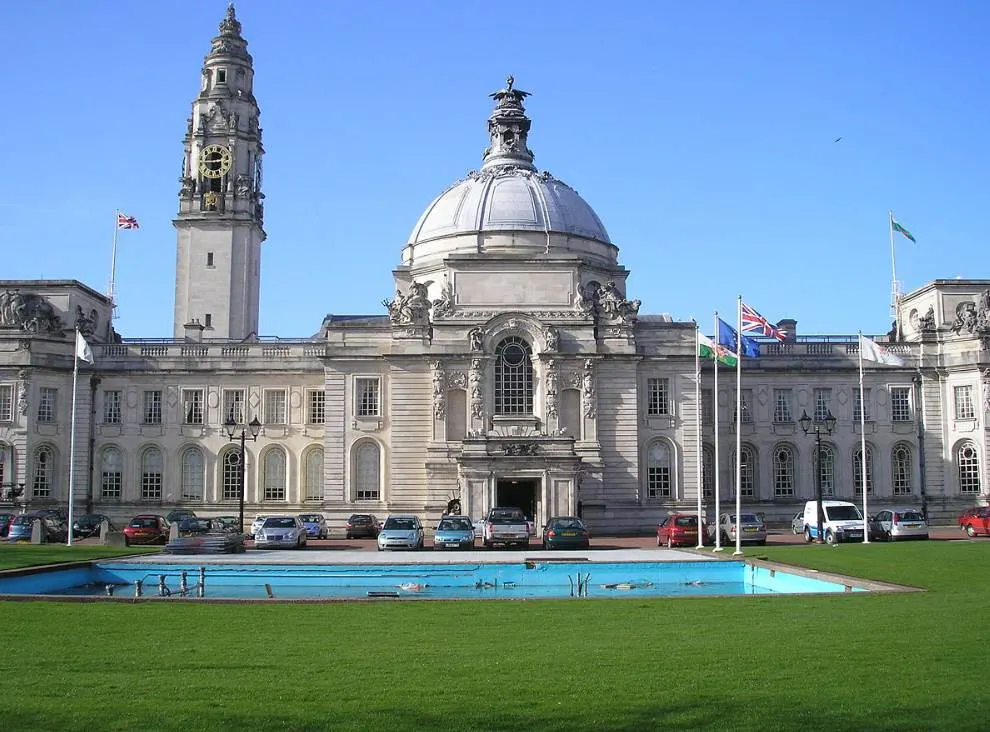
4. Pierhead Building
The Pierhead Building is located right next to the Senedd Building in the Cardiff Bay area and is one of the city’s most famous landmarks. It was constructed to serve as the headquarters of the Bute Dock Company and was completed in 1897.
Just like the City Hall, it features a clock tower that is referred to as “Baby Big Ben,” a reference to the magnificent Big Ben in London. The exterior of the French Gothic-Renaissance building is clad in glazed terracotta blocks which gives it a very distinct appearance.
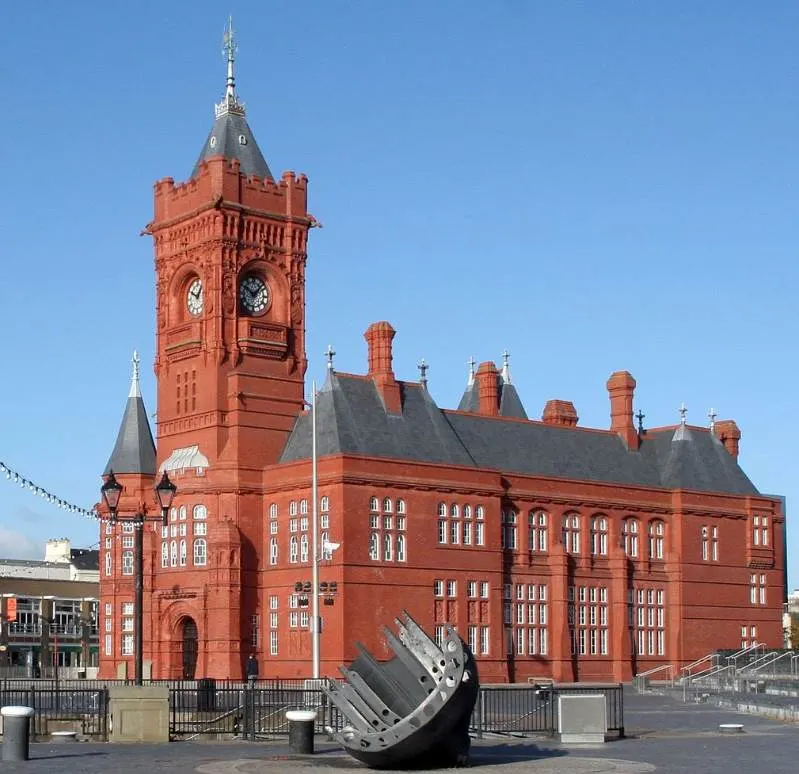
5. Llandaff Cathedral
Llandaff Cathedral is the most famous church in Cardiff and is located in the Llandaff district in the northwestern part of the city. The church was dedicated to Saint Peter and Saint Paul, as well as three Welsh saints, Dubricius, Teilo, and Oudoceus.
The current church was completed in 1120 but was severely damaged during multiple events in its history. Many parts have been rebuilt and restored, something that was needed once more during World War II. Because of this, it’s a Romanesque building that also features Gothic architecture.
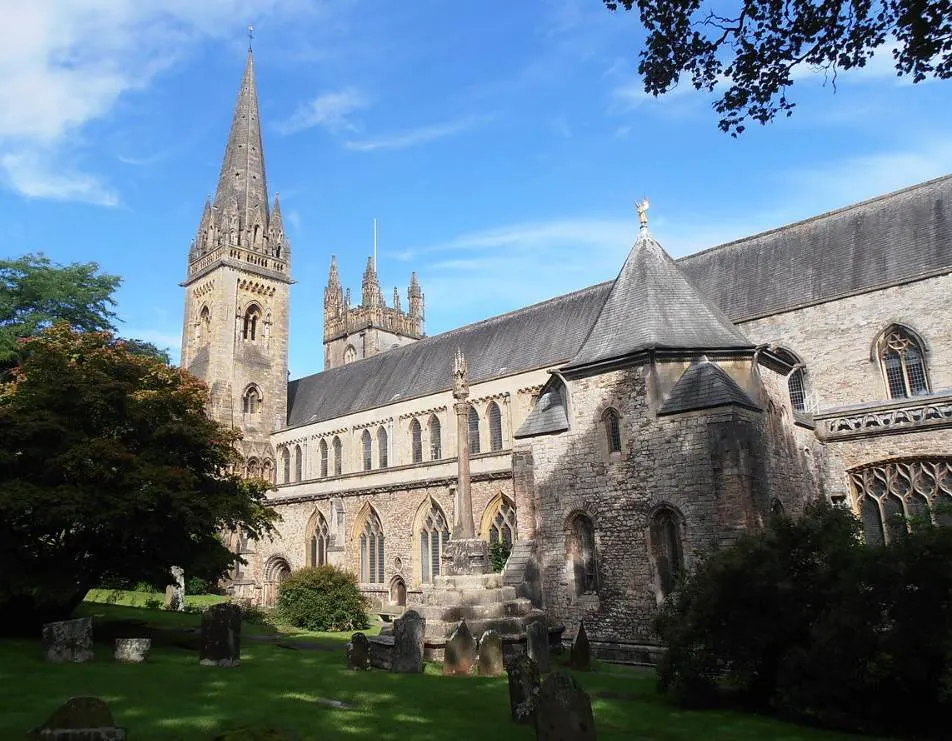
6. Cardiff Old Library
The Old Library is a Grade II listed building in Cardiff that is located on the northern end of a commercial area known as “The Hayes” in the city center. The library opened its doors in 1882 and features both French Classical and Neoclassical architectural elements.
The building served its purpose as the city’s main public library until 1988, the year it was replaced by the Central Library. This modern building is another great example of Sustainable Architecture. The Old Library then served as an art gallery and is currently still used for temporary exhibitions.

7. Castell Coch
Castell Coch is another fortification in the utmost northwestern part of Cardiff that was initially constructed by the Normans in the 1080s. They built this castle to defend the newly conquered town but later abandoned the site. It was strengthened in the 13th century and destroyed once again in 1314.
John Stuart, 3rd Earl of Bute acquired the ruins of the castle in the 18th century and one of his descendants named John Crichton-Stuart, 3rd Marquess of Bute decided to redevelop the site in the 19th century. Today, the Gothic Revival structure is a Grade I listed building and serves as a popular tourist attraction.

8. Cardiff Market
The Cardiff Market is also known as the Cardiff Central Market or Market Building and is one of the most famous indoor shopping arcades in Cardiff. It’s located in the Castle District in the heart of the city and was completed in the year 1891.
This Victorian-era shopping center was constructed on the location of a former farmers’ market that has existed here since the 18th century. The market features a ground level and also a second level with a balcony. It was designated a Grade II listed building in 1975.
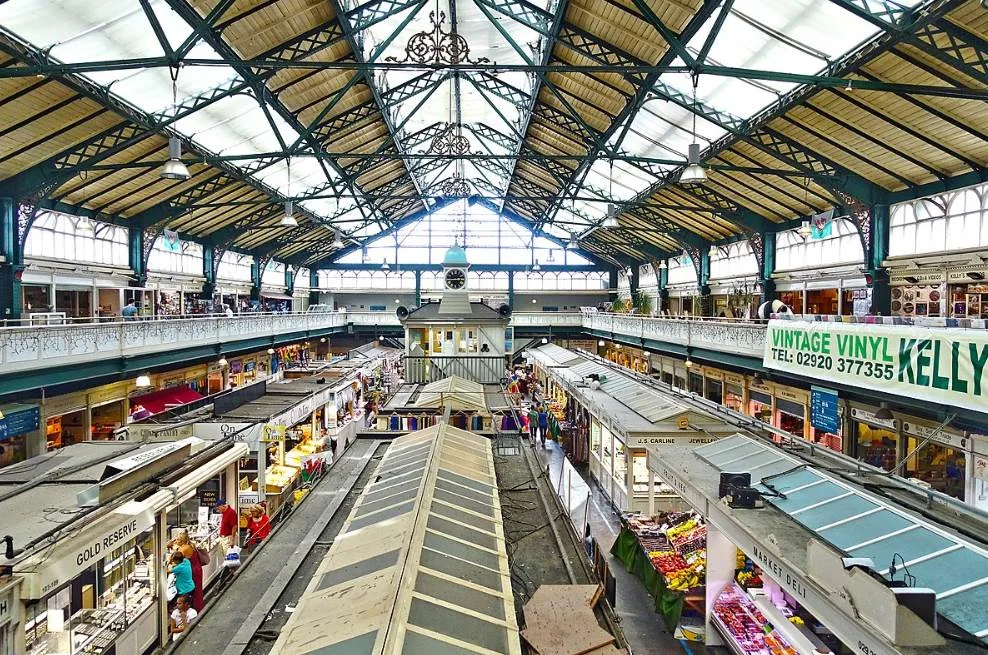
9. National Museum Cardiff
The National Museum Cardiff is a large museum and art gallery in Cardiff. It’s part of a collection of museums known as “Amgueddfa Cymru – National Museum Wales.” The museum is free to enter, something made possible because of the support of the Welsh Government.
The museum was founded in 1905, the year that Cardiff became a city. It wasn’t until the year 1912 that the museum’s collection moved to the current building. Because of World War I, the museum didn’t open its doors for the first time until 1922. A section known as the National Museum of Art opened in 2011 and features several notable artworks by the Old Masters.
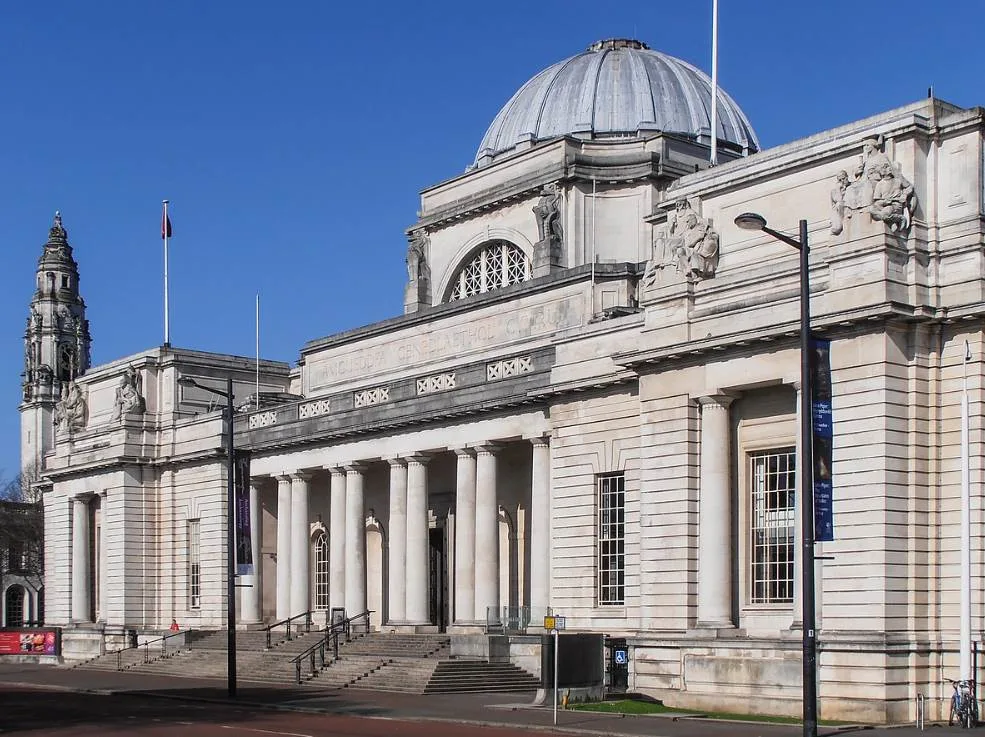
10. Wales Millennium Centre
Wales Millennium Centre is another stunning building in the Cardiff Bay area of the city. The huge structure covers an area of 1.9 hectares (4.7 acres) and was constructed in two phases between 2002 and 2009 at a total cost of £124.2 million.
It’s a large arts center that features several performing arts venues, including the Donald Gordon Theatre (2,497 seats), the Weston Studio Theatre (250 seats), and the BBC Hoddinott Hall (350 seats). A wide range of performances is held here, including opera, ballet, dance, theatre, concerts, and musicals.

